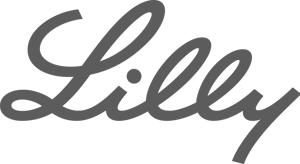
The TV Outcomes Company
EDO provides advertising leaders with predictive and historical behavioral engagement data — to know and predict the effectiveness of Convergent TV campaigns.
.png?width=300&name=HubSpot%20Landing%20Page%20Dimensions%20(3).png)
A Truly Convergent TV Takes Center Stage at This Year’s Upfronts
This year’s Upfronts are a celebration of a truly convergent TV landscape — where premium video is on the rise and incorporating the best aspects of a waning display marketplace.
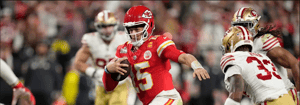
Super Bowl Ads Ranked
We used predictive outcomes data — real-time, investment-grade, digital signals with a proven connection to in-market results — to rank the game's top ads.
.png?width=300&name=Homepage%20Carousel%20Dimensions%20(3).png)
EDO & Nielsen Announce Partnership
EDO and Nielsen integrate TV outcomes and audience data across both platforms to improve Convergent TV planning and optimization, unlocking more value for media buyers and sellers alike.
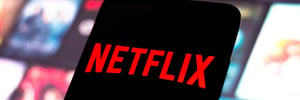
Netflix Teams Up With EDO
During its first-ever presentation at the TV Upfronts, Netflix announced a partnership with EDO to measure TV outcomes for the streamer’s newly launched advertising business.

Disney and EDO Strike Deal
Disney Advertising and EDO have entered into a premiere agreement to apply the company’s engagement metrics to Disney’s streaming footprint, starting with Hulu.
EDO is a leading platform for measuring the immediate impact of TV advertising — across linear and streaming. Modern marketers across brands and networks combine real-time TV engagement signals with world-class decision science, to maximize creative and media performance. EDO's investment-grade data aligns advertising investments to business results - with detailed competitive, category, historical, and predictive intelligence.
Actions Speak Louder Than Words
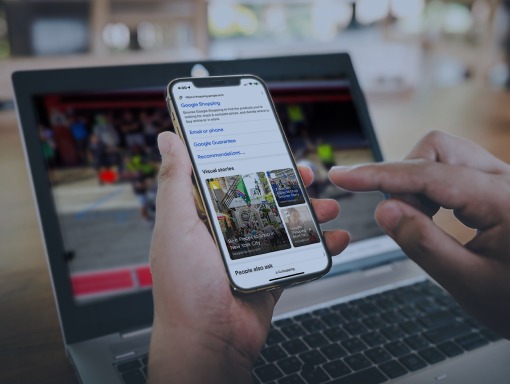
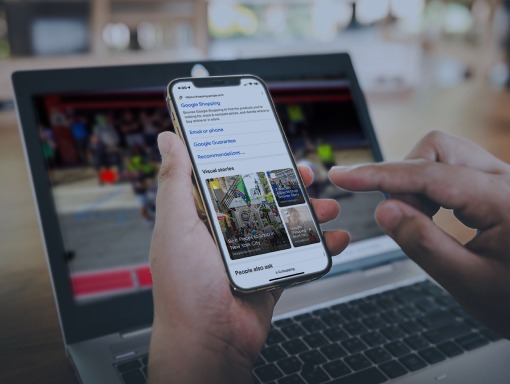
Actions Speak Louder Than Words
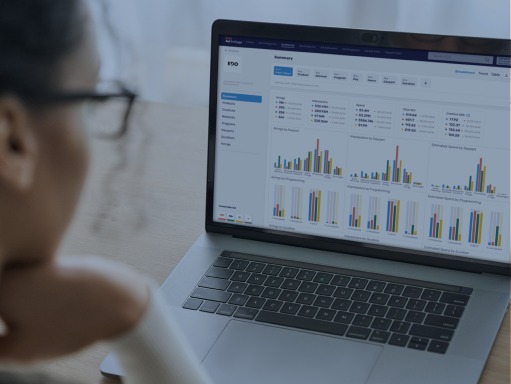
Know Your Competitors Better Than They Do
Invest More in What Works
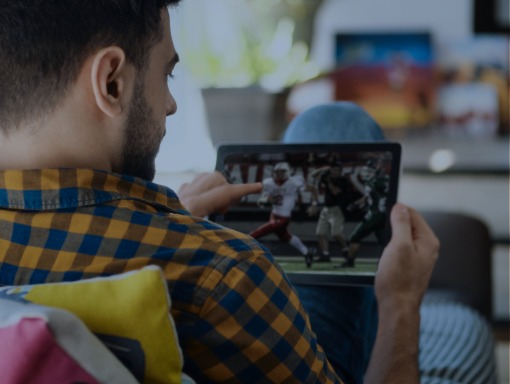

Invest More in What Works
Our Client Partners





